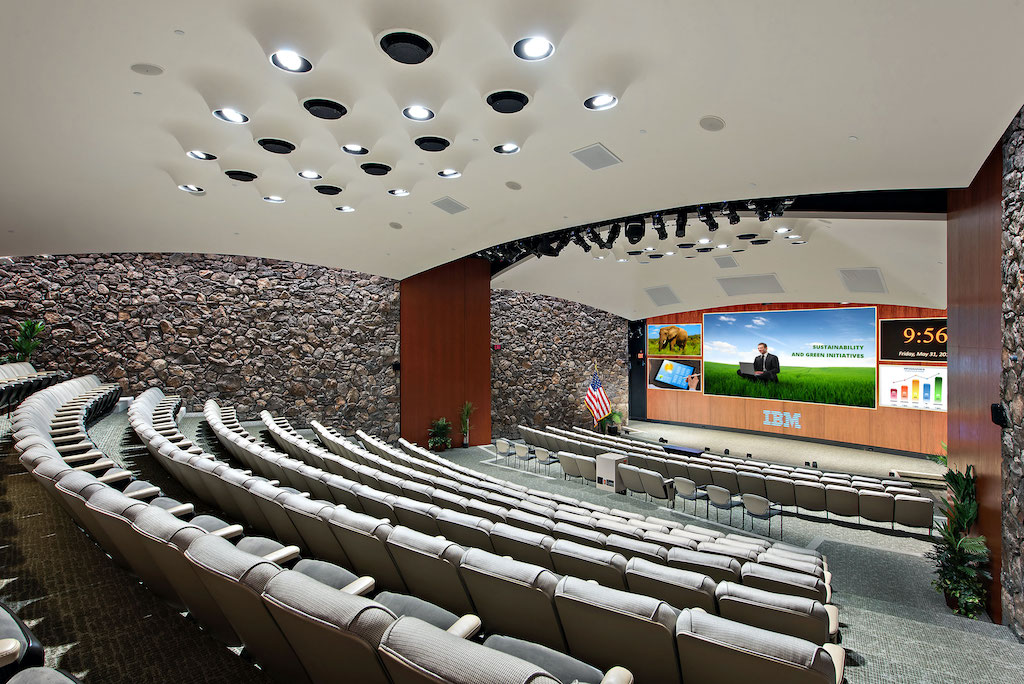Investigating the Efficacy of Various Light Emitting Diode Display Calibration Methods for Optimal Visual Output
Wiki Article
Light Emitting Diode displays have grown progressively favored in various settings, including theaters, concerts, and corporate events. These large displays provide vibrant hues and crisp visuals, making them ideal for graphic displays. However, to achieve the best visual performance, appropriate tuning of Light Emitting Diode screens is crucial. Calibration refers to the process of adjusting the display parameters to guarantee that hues, luminosity, and differentiation are precise and consistent. Different tuning methods can considerably impact the overall quality of the visual experience, making it vital to investigate the efficacy of these approaches.
One common technique for calibrating Light Emitting Diode screens is handheld calibration. This method involves adjusting the settings by hand, often using specialized tools and programs. Technicians typically analyze the display's hue precision and brightness levels, making adjustments based on their observations. Handheld tuning allows for a high degree of personalization, as specialists can adapt the parameters to the specific environment and content being displayed. However, this method can be time-consuming and requires a proficient specialist to achieve optimal results. Despite its challenges, handheld tuning can lead to remarkable visual performance when done properly.
Another common calibration technique is the application of automatic calibration. This approach uses programs and sensors to measure the display's performance and make modifications instantly. Automatic calibration can save hours and reduce the potential for manual mistakes, as the software can rapidly analyze the screen and implement the required modifications. This method is particularly useful in environments where the LED screen is frequently used for different types of content, as it can adapt to different illumination conditions and material requirements. While automatic calibration may not offer the same level of personalization as handheld calibration, it can still provide superb results for many uses.

A third method worth mentioning is the application of hue tuning tools. These tools, such as colorimeters and spectrophotometers, measure the color output of the LED wall and help ensure that the colors displayed are accurate. By using click this link now these instruments, technicians can identify any inconsistencies in hue representation and make the required modifications. This method is especially crucial for uses where color accuracy is critical, such as in graphic design or film creation. Hue calibration tools can improve the overall visual performance of LED walls, guaranteeing that the viewers sees the desired hues and details.
In conclusion, the effectiveness of different Light Emitting Diode wall tuning techniques plays a vital role in attaining best visual performance. Manual calibration offers personalization but can be labor-intensive, while automatic tuning provides efficiency and consistency. Additionally, color tuning tools help ensure accurate color representation, which is vital for many uses. By comprehending and employing these calibration techniques, technicians can improve the display experience for audiences, making Light Emitting Diode walls an even effective instrument for communication and engagement. As innovation continues to progress, ongoing study and evolution in tuning techniques will likely lead to even improved display performance in the future.